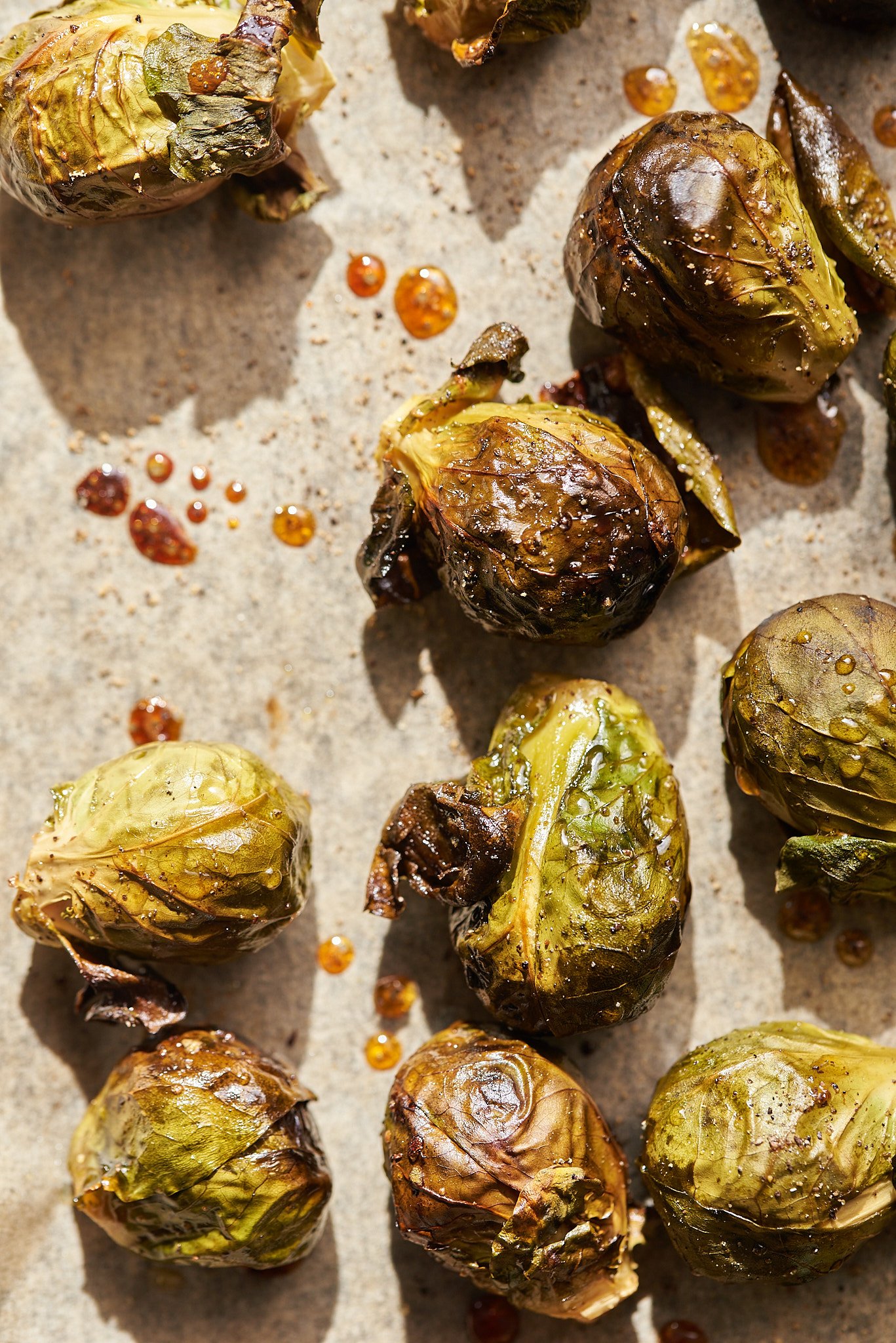italian sausage and rapini white wine pasta.
If this recipe looks familiar to you, that’s because it is: It’s a remake of a recipe I’ve had on the site for quite some time now. I’ve recently begun re-testing some of my older recipes, largely for quality control but also to refresh the wording and imagery where needed. This recipe wasn’t necessarily bad — in fact, the ingredient list is mostly the same as it was. No, all this one really needed was a facelift in the methodology.
The way I wrote this recipe previously involved blanching and searing the broccoli rabe, something that theoretically makes sense but is really not necessary to do. I wasn’t wrong about doing this — broccoli rabe is a bitter green that softens its sharp flavor when blanched and deepens its savoriness when seared. The truth is, though, that neither is necessary in this pasta.
Instead, all you have to do is swirl the broccoli rabe into the cooking pasta right at the last second, let it wilt and green, then simply drain (saving some pasta water first, of course). No ice bath, no searing.
And the rapini is still plenty green.
Another small (but mighty) change I made was in the pasta. This recipe originally used a small tubular pasta called mezzi rigatoni, which I even admitted wasn’t my favorite shape to use for this sauce. Actually, at the time, I loved this with spaghetti and bucatini, which transformed the dish into something really elegant.
I know you’ve seen it one hundred times, but orecchiette really is the best shape for this light sauce. They act as tiny little bowls, ladling the sauce and offering you a burst of flavor with each bite. I highly recommend using orecchiette if you can find it, and if you can’t, try something similar like small shells or a spiral shape like fusilli.
This pasta is great for nights when you aren’t quite craving anything heavy, like marinara, alfredo, or even pesto. This sauce is super-light, very savory, and a little bright, making it (to me) a perfect summer pasta.
Enjoy.
Serves 4
INGREDIENTS
1/2 box (pound) orecchiette pasta
2 cups trimmed broccoli rabe*
1 tablespoon olive oil
1/2 pound Italian sausage*, casings removed
3 cloves garlic, minced
1 cup white wine
Juice from 1/2 lemon
Pinch salt
1/2 teaspoon red pepper flakes
RECIPE
Bring a pot of salted water to boil.*
Add the orecchiette and cook until almost al dente — about 8 minutes.
Reserve 1/2 cup of pasta water.
Add the trimmed rapini and stir to submerge. Cook until bright green and soft, about 1 minute.
Drain the pasta and rapini and set aside.
In the meantime, heat the olive oil in a large skillet over medium heat.
Add the sausage and crumble until browned, about 5 minutes.
Lower the heat to medium low and add the garlic, stirring until fragrant, about 1 minute.
Add the wine, scraping any browned bits from the bottom of the pot. Bring to a simmer (the wine should not be splattering or boiling furiously) and reduce by half.
Add the lemon juice and pinch of salt, then add the orecchiette and broccoli rabe. Splash in 1/4 cup of pasta water and toss until pasta is well coated. If needed, add the remaining 1/4 cup pasta water to reach desired sauce consistency*.
Sprinkle red pepper flakes on top and serve immediately.
NOTES:
To trim broccoli rabe, remove any particularly large or yellowing leaves, then cut the stems about 3 to 5 inches below the curly “broccoli” top. They should look like long, leafy, thin broccoli stems. If you can’t find broccoli rabe, you can use broccolini, kale, spinach, or even Swiss chard.
You can use hot if you want a particularly spicy pasta, but I have come to prefer mild here. If you use links, remove the casings before crumbling. You can also buy ground sausage to avoid dealing with sausage casings.
No need to measure salt in the water — you can eyeball it. Generally I use about 1 tablespoon salt in about 4 quarts of water. This is particularly important in this recipe because the pasta water will make up half of the sauce. If you forget to reserve any (it happens), splash in some chicken broth for a similar result.
The sauce consistency should be silky and thin. In fact, you may not see it at all as it absorbs into the pasta, but trust me, it’s there. If the pasta looks dry, however, splash in more pasta water to loosen the sauce.





